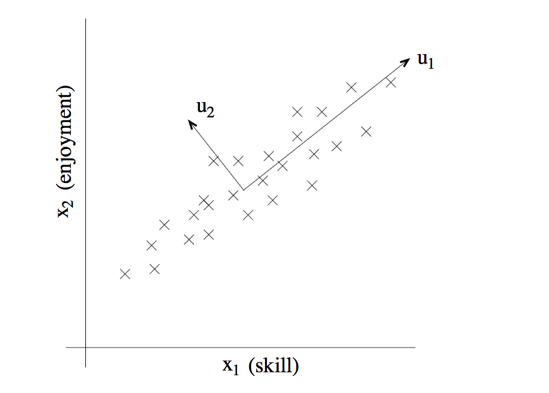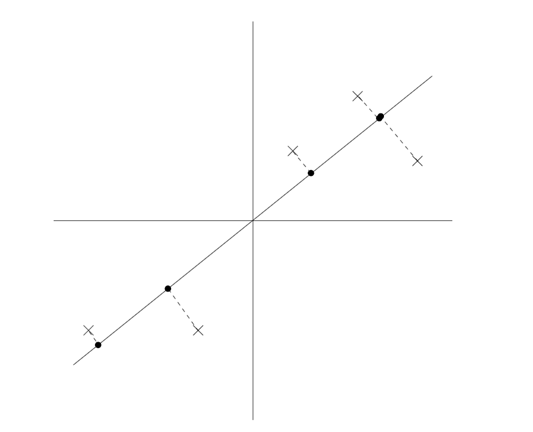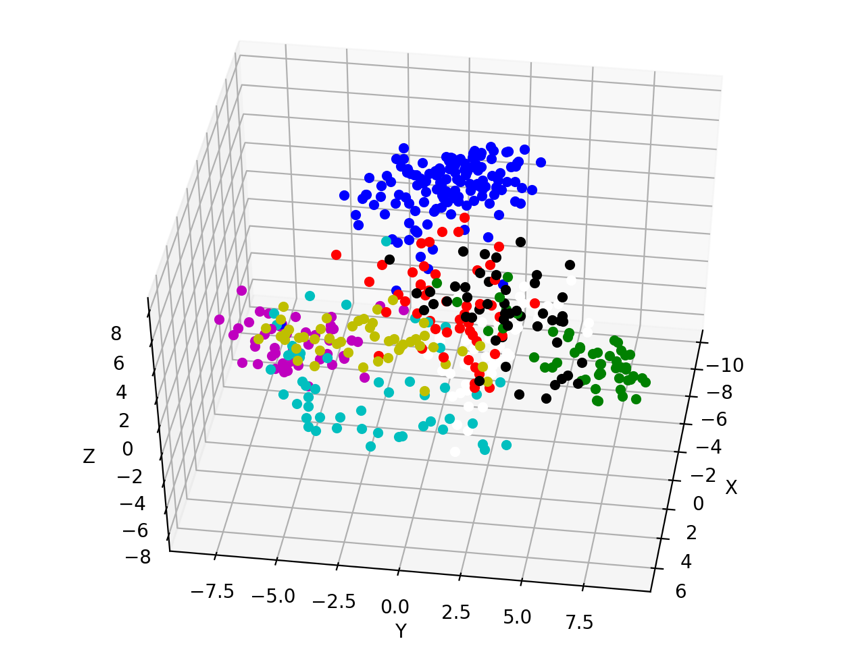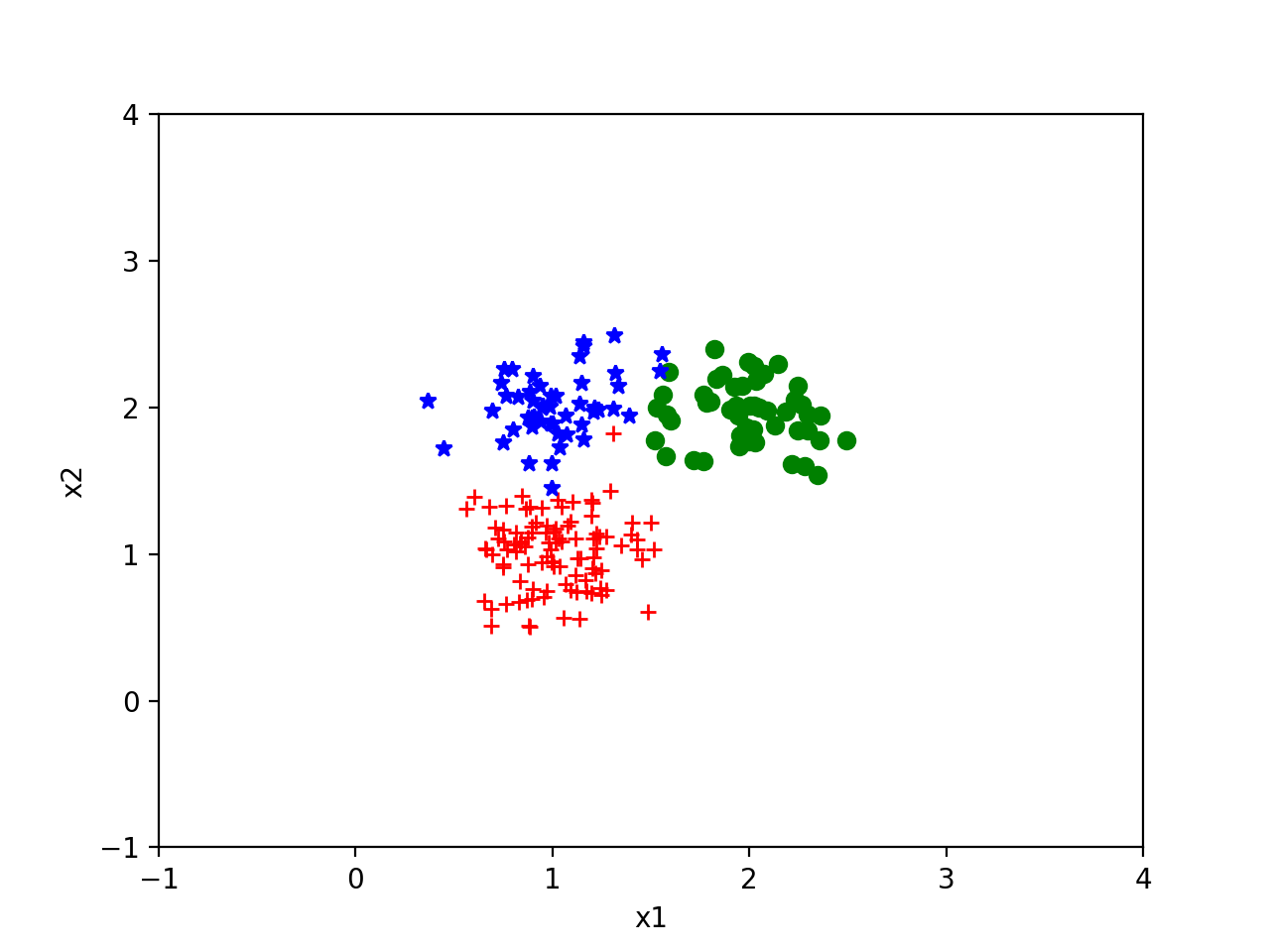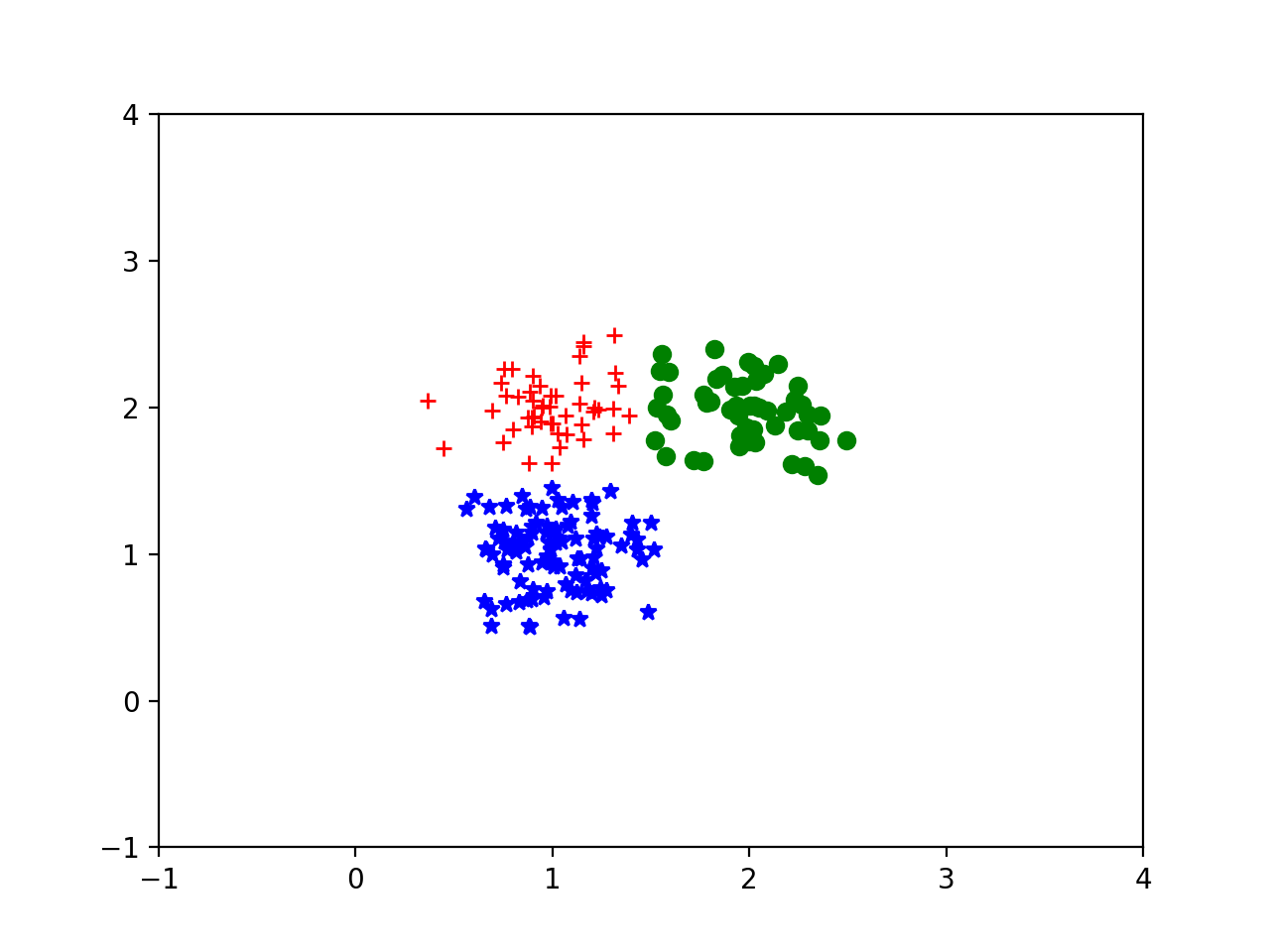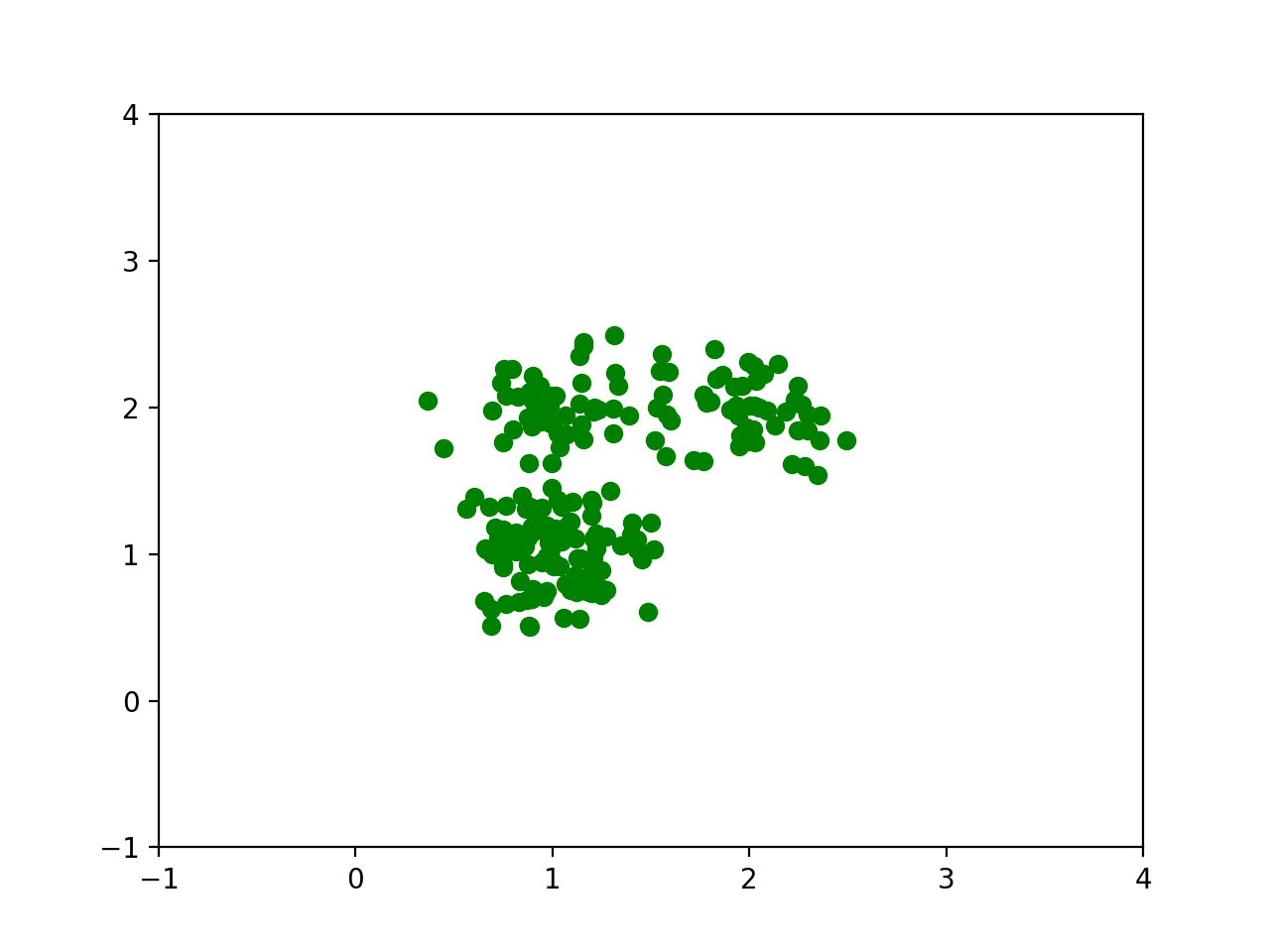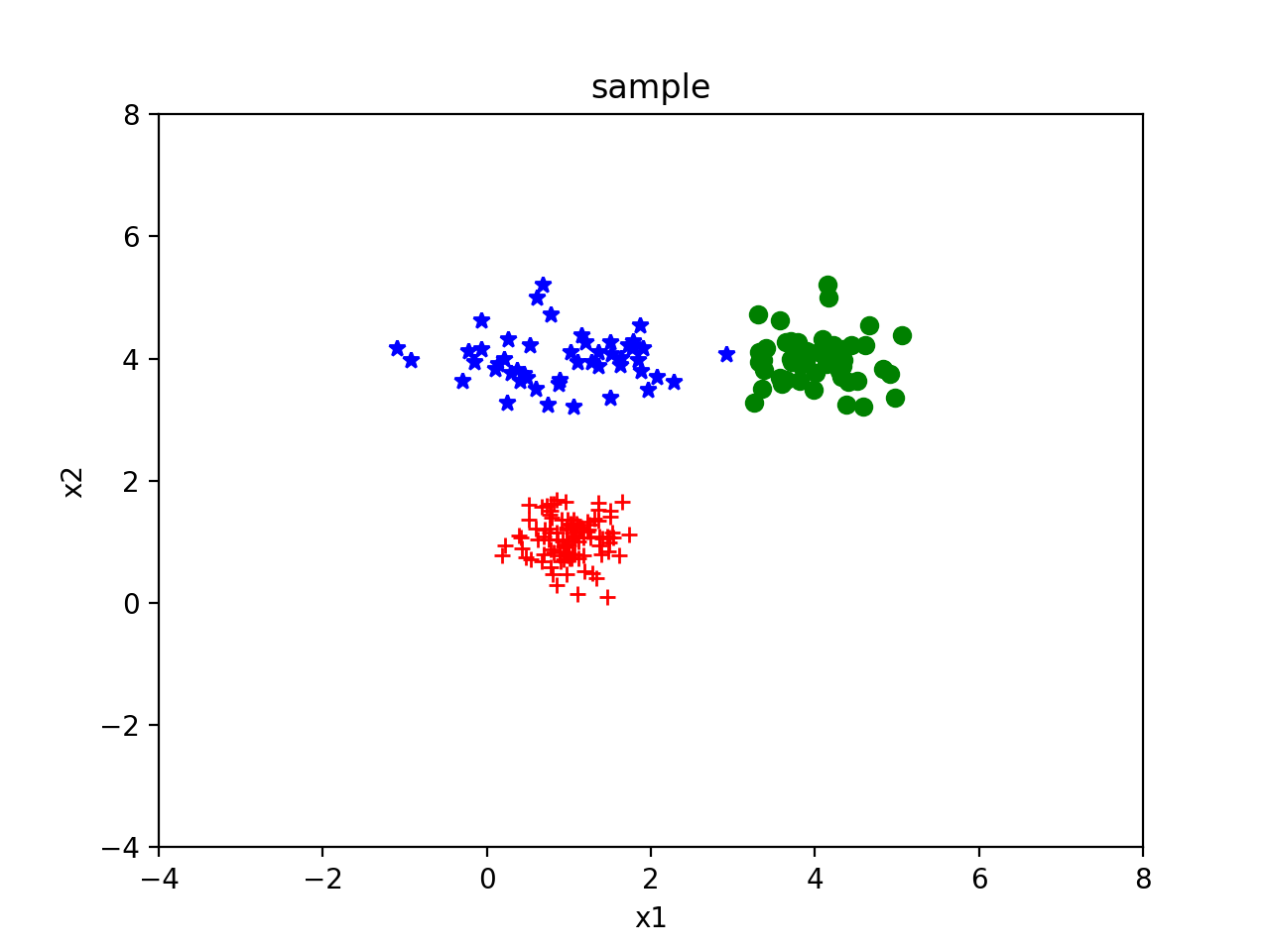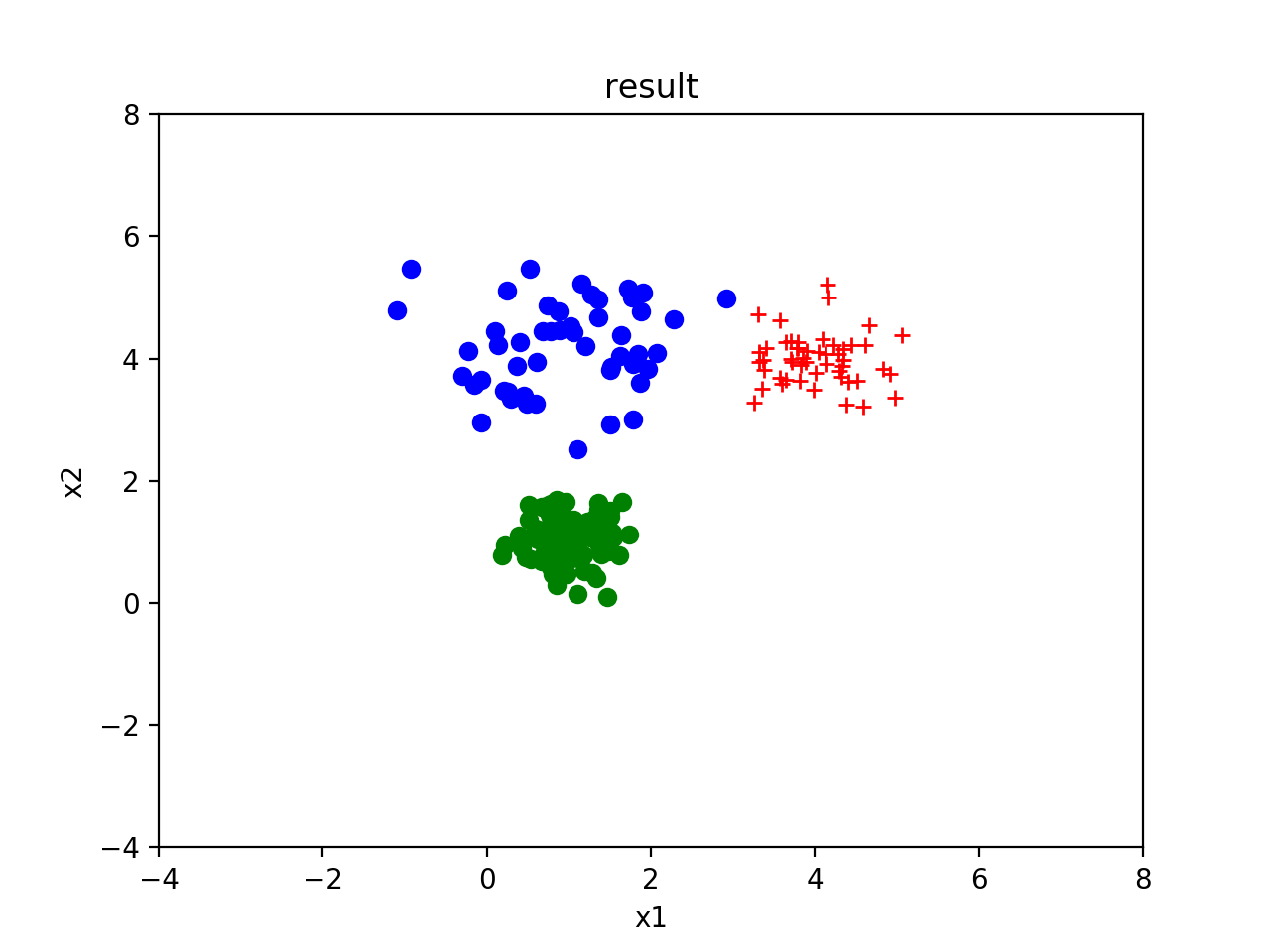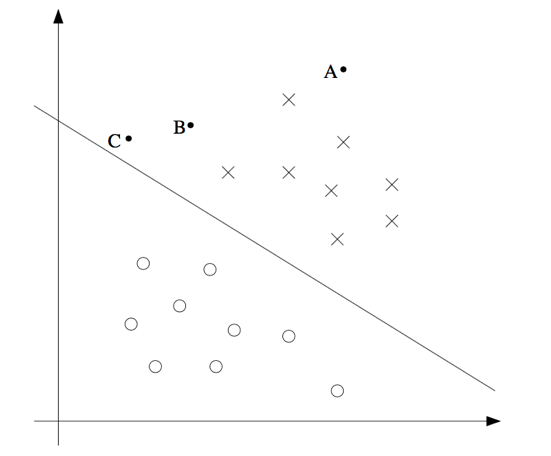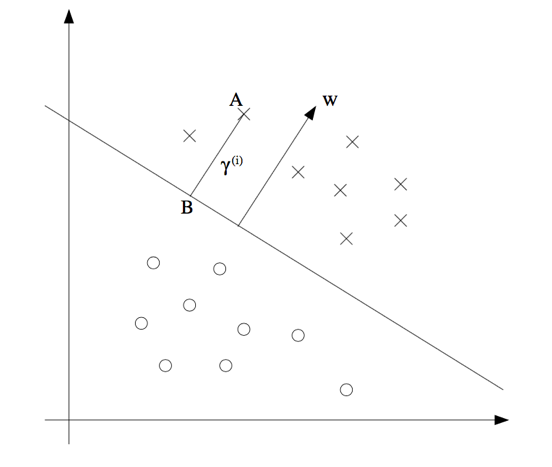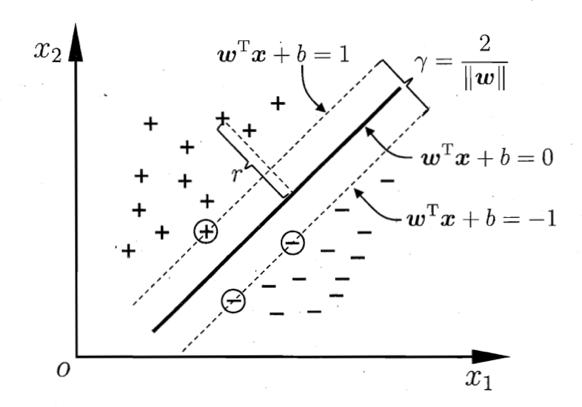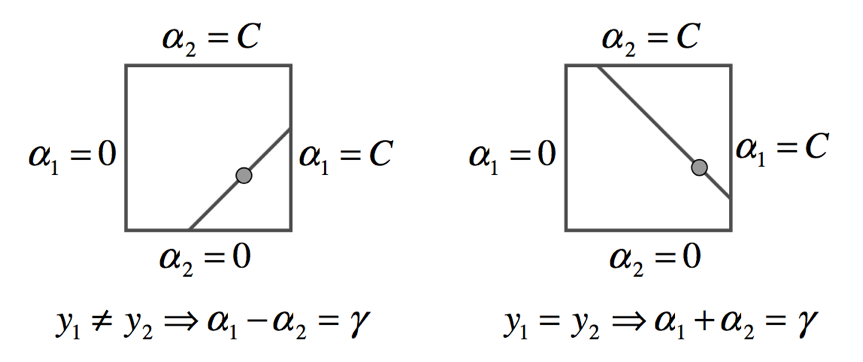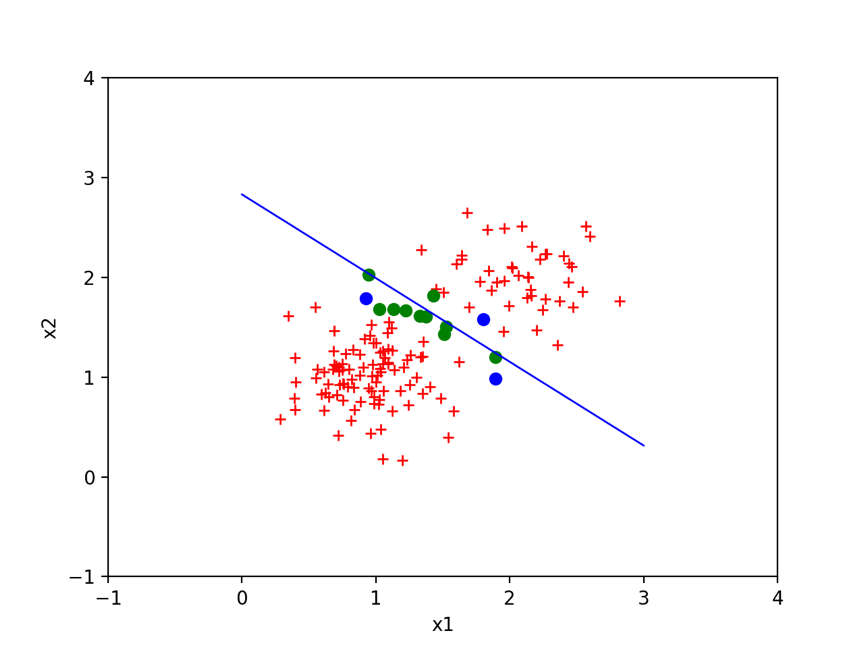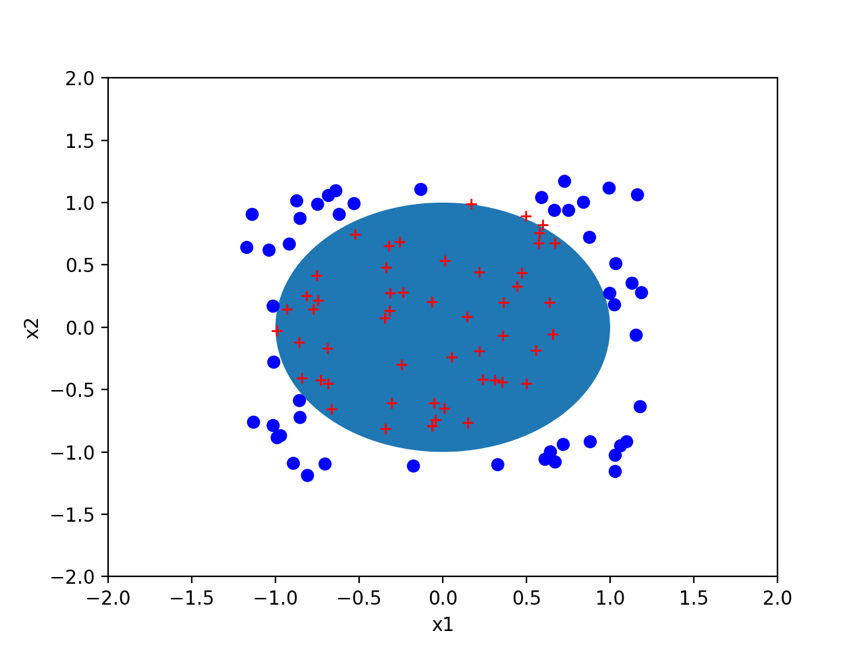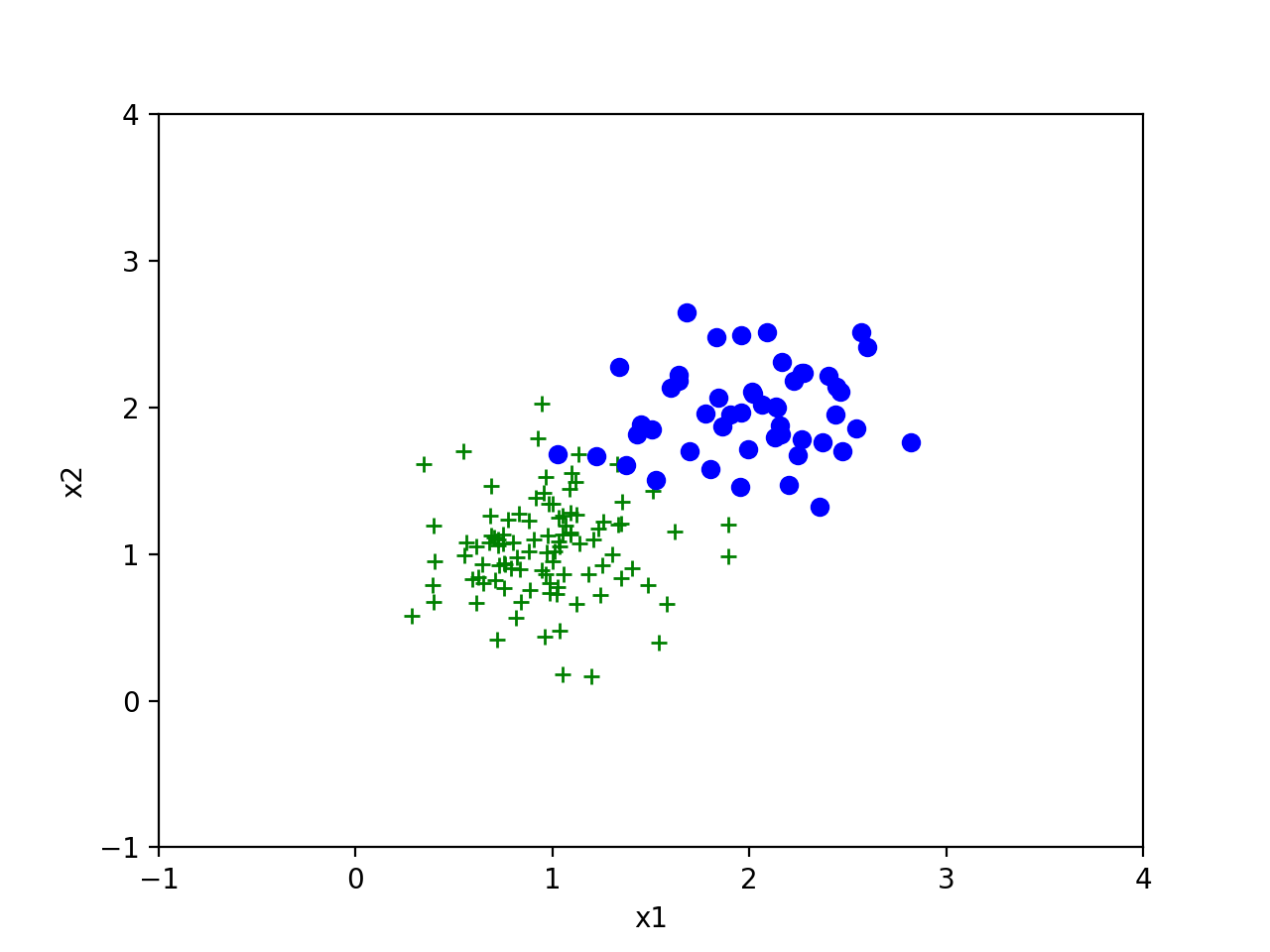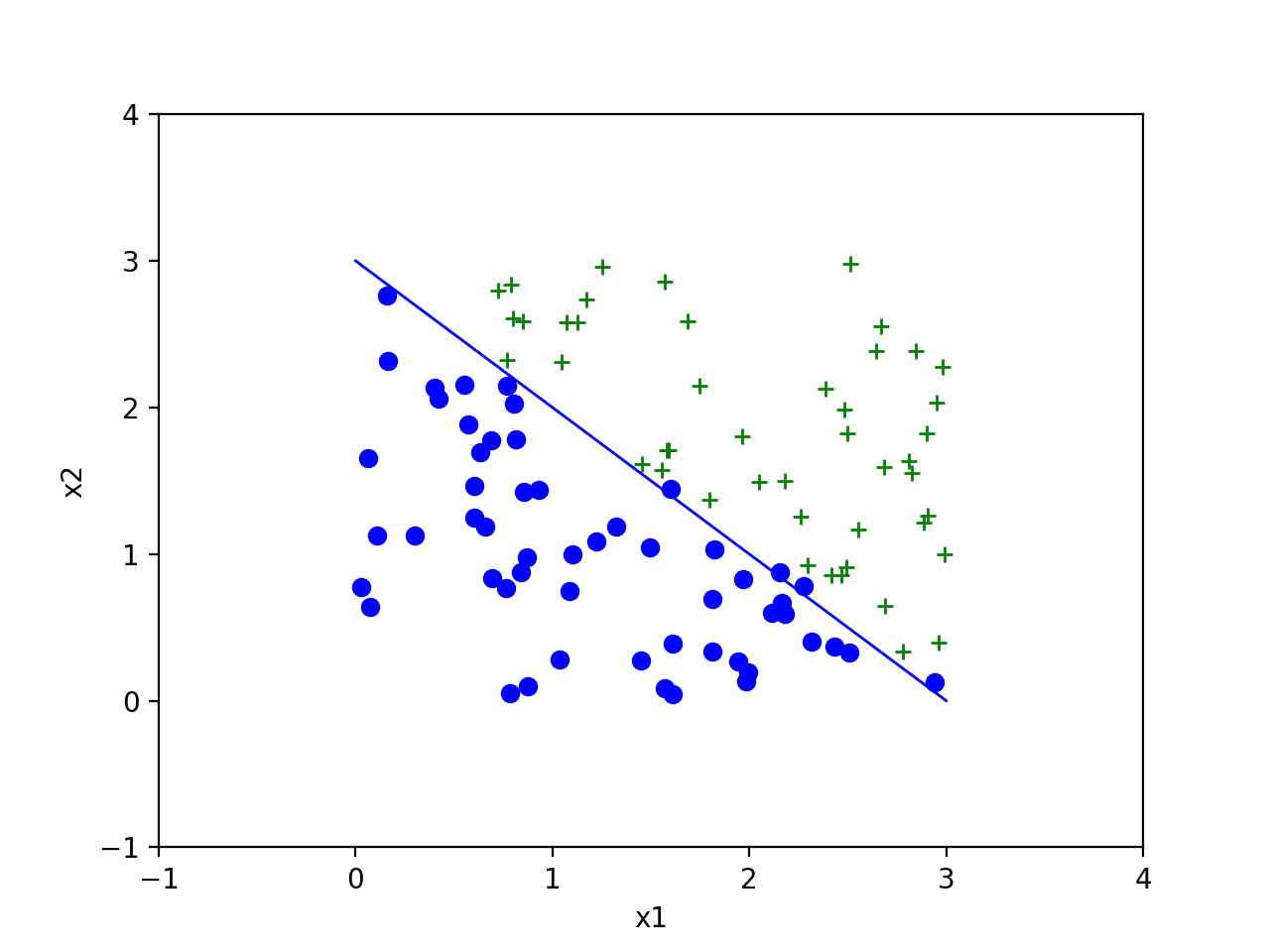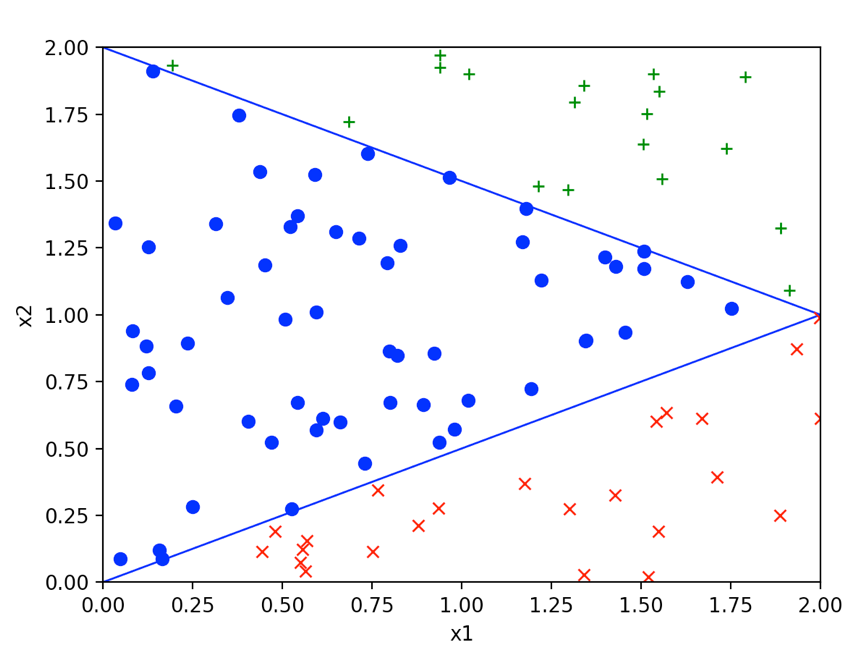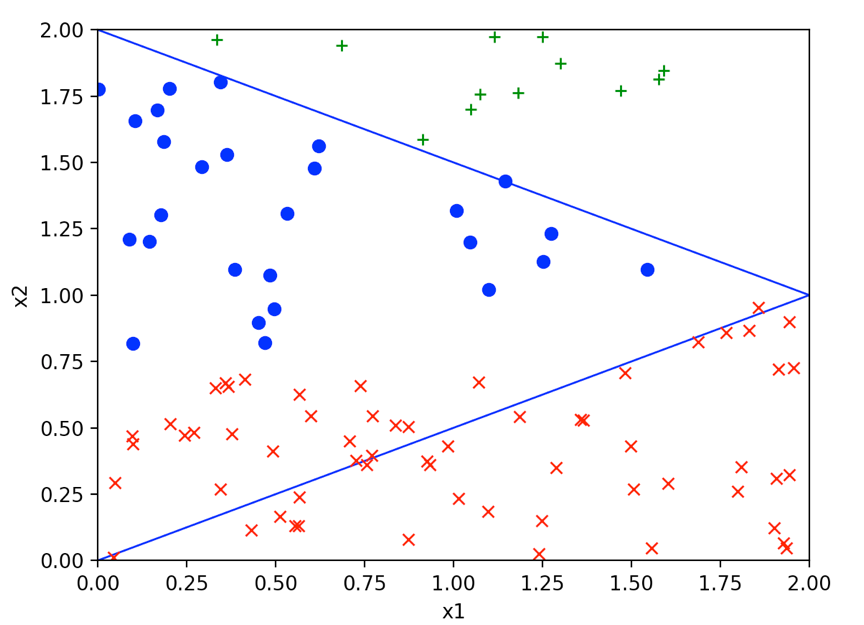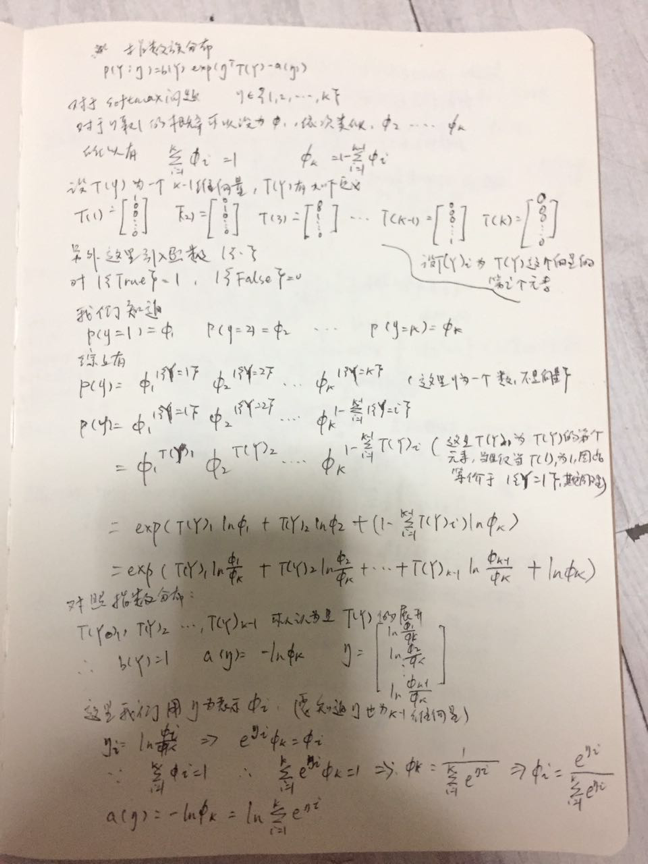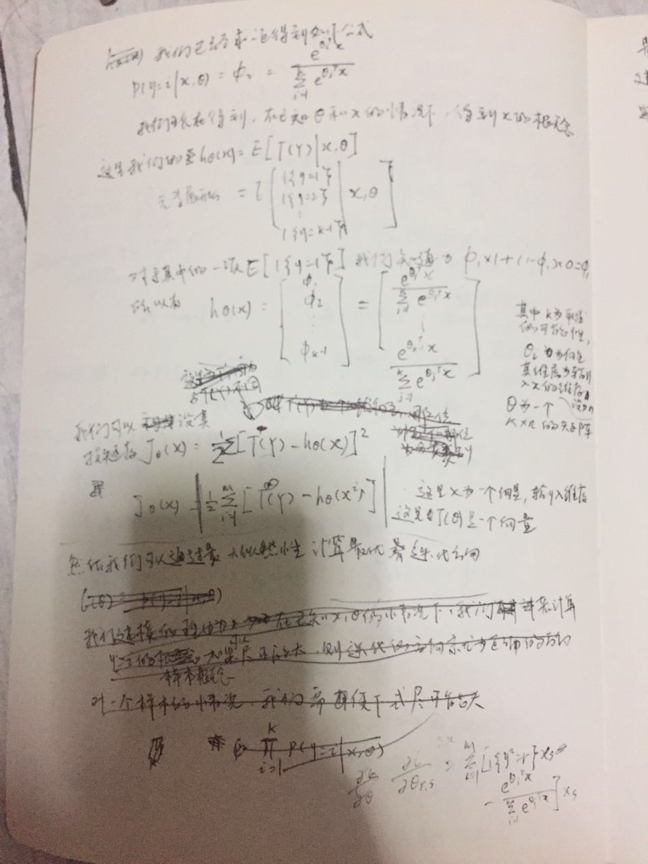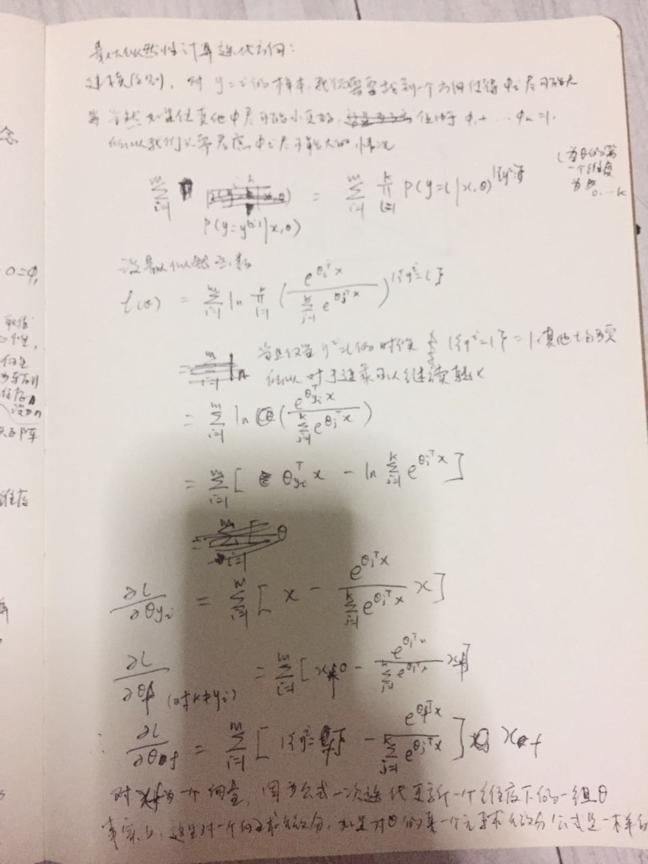本文侧重于如何从依据理论指导实践,在不适用任何第三方库的情况下实现ErasuceCode算法。本文仅会对用到的理论做简单的解释并标记引用,不会做详细解释。因此阅读本文前请熟读文献[1]第四章内容。
本文代码存储于https://github.com/zhengchenyu/SimpleErasureCode, SimpleErasureCode只是为了便于方便理解,为了保持与文章保持一致,因此没有优化。部分关键流程文章中会有链接到对应的代码。
EC算法在存储领域和通信领域都有广泛的应用。在分布式存储领域,为了避免机器宕机,需要存储3份冗余副本,这3台机器最多允许2台宕机。如果使用EC RS-6-3的话,可以实现使用9个副本冗余6份数据,这9台机器最多允许3台宕机,而且存储量却减少了一半。分布式存储使用EC在几乎不降低可用性的前提下,降低了冗余副本数,大大节约了存储资源。
实现EC算法是检验是否理解EC算法的重要手段。对EC算法的理解对工程上也有很大的帮助,笔者实现EC算法的初衷也是为了解决HADOOP-19180提出的问题。
1 算法概述
本文以RS-6-3算法为例, 存在6个数据块和3个校验块。EC算法的两个基本问题:
- 如何通过数据块生成校验块?
- 如何通过部分数据块和校验块恢复丢失的数据块?
1.1 生成校验块
生成校验块即编码过程(encode)。对6个数据块依次取出byte, 即d0,d1,d2,d3,d4,d5。如下图所示,用编码矩阵(encodeMatrix)乘以对应的数据块,即得到原有的数据d0,d1,d2,d3,d4,d5和对应的校验字节c0,c1,c2(编码过程)。对数据块的所有字节依次执行上述的操作就得到了校验块。
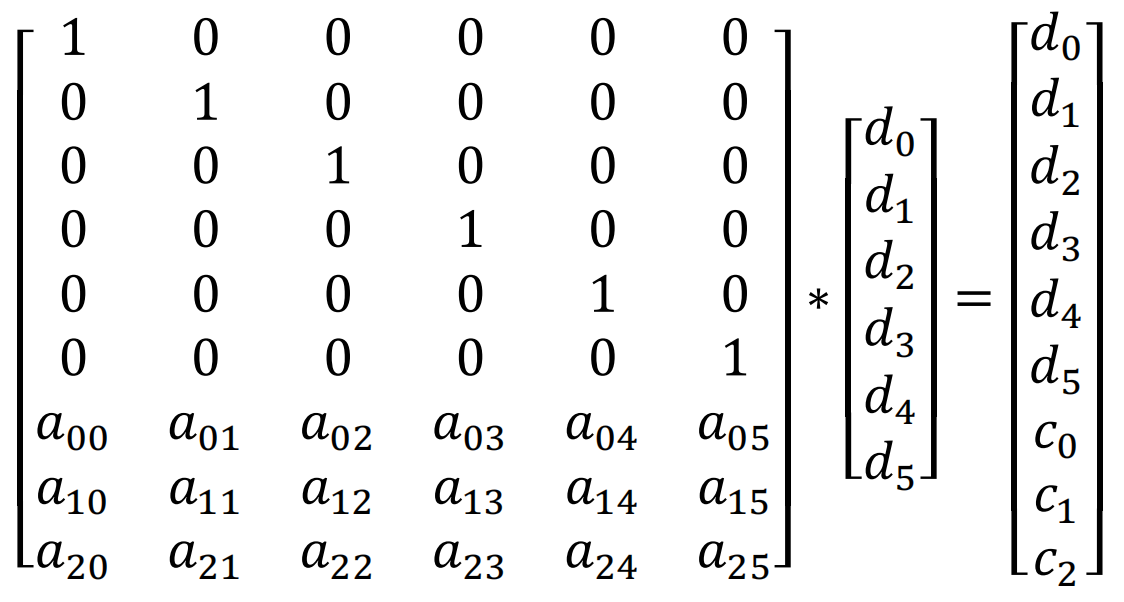
1.2 恢复数据块
恢复数据块的过程即解码过程(decode)。假如d2,d3,d4丢失了,我们需要通过d0,d1,d5,c0,c1,c2恢复d2,d3,d4。在上面公式中删除对应的行,公式中用d2?,d3?,d4?表示数据块丢失。有如下公式:
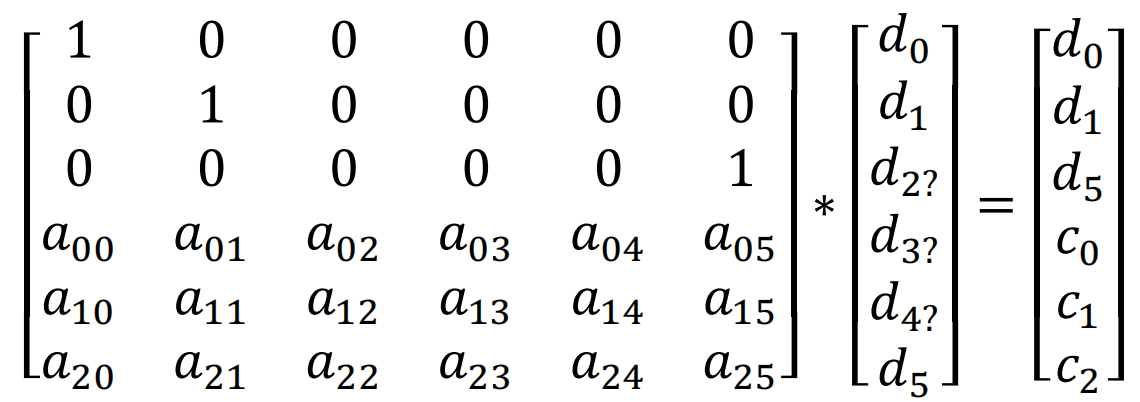
对上面的公式两侧都乘以裁剪后的矩阵的逆矩阵,这个逆矩阵即解码矩阵(decodeMatrix)。可以得到如下的公式:
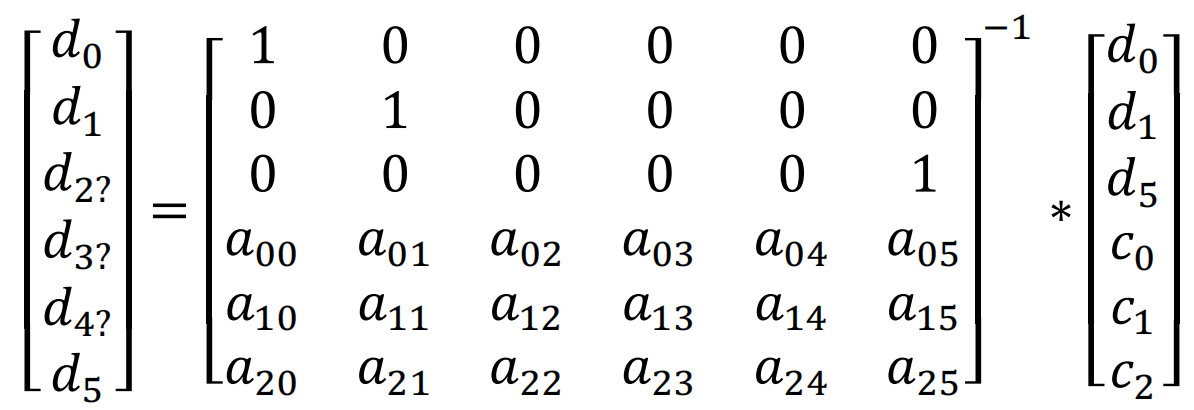
得到解码矩阵后其实计算过程与编码类似,只是输入为为d0,d1,d5,c0,c1,c2,输出为d0,d1,d2,d3,d4,d5。
2 关于矩阵
上一章节已经介绍了EC编解码的基本过程,但工程实现上让然会有一些问题需要解决。这一小节主要介绍一下关于矩阵方面的问题。
2.1 如何选择矩阵
根据第一小节的分析,编码矩阵是一个9 * 6的矩阵。而解码矩阵是在编码矩阵的基础上删除任意三行,然后再求逆的。因此我们定义编码矩阵的时候要保证,对于这个9 * 6的编码矩阵,任意删除三行得到的6 * 6的矩阵是一个可逆矩阵。
为了便于计算,编码矩阵的上半部分使用的是6 * 6 的单位矩阵,单位矩阵是可逆的,是满足条件的。接下来就是给下半部分的3 * 6的找到合理的矩阵。本文使用的是范德蒙矩阵。
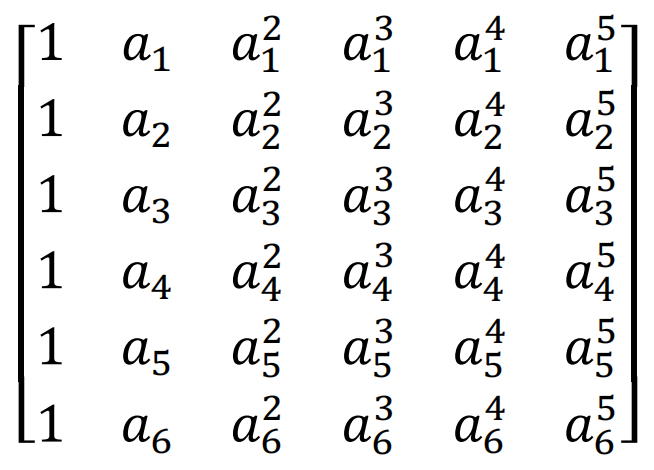
由于MathType不支持新版Mac, 而且markdown经常因为调整不好乱码,这里的共识还是贴图吧…
如下为范德蒙矩阵的行列式:
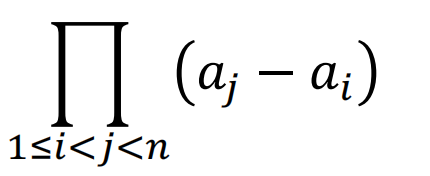
只要ai各不相等且不为0,则范德蒙矩阵一定可逆,意味着任意挑出3行向量,一定是线性无关的。那我们就挑出前三行,令a1=1,a2=2,a3=3,便可以得到如下编码矩阵:
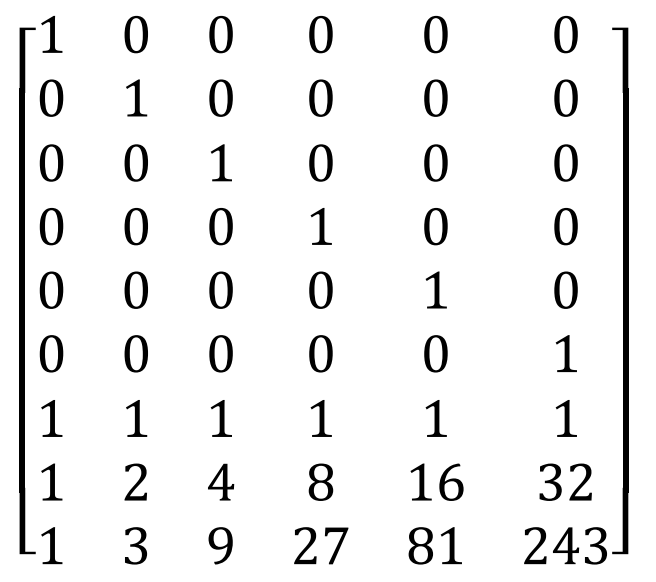
前面已经说明了前6行向量是互为线性无关,后3行向量也是互为线性无关的。如果在前6行中选取n行,在后三行中去6-n行,那么这6行向量还是线性无关的吗?假设n为5,由于后三行的没有元素为0,因此肯定是缺一个维度来保证线性相关。如果n为4和3也是同样的道理。因此这个9 * 6的矩阵随意挑出6行组成的6 * 6阶矩阵一定是可逆的。
2.2 高斯消元求逆
本文使用了容易理解的高斯消元法求逆(inverse)。假设当前6 * 6矩阵为A, 在右侧再拼接6 * 6的单位矩阵E,得到矩阵[A | E]。如果使用A-1乘以这个矩阵,会得到[E|A-1]。这样我们只需将A矩阵转化为单元矩阵,E矩阵自然就变成了A-1。(高斯消元求逆)
对每一行行依次执行如下的过程:
- (1) 对第i行, 找到第i行第i列的值。(Step1)
- (2) 然后计算该值的乘法逆元。然后让该行的每个元素均乘以这个乘法逆元。(Step2)
- (3) 对其他行j,使用第i行经过线性变换将地地j行第i列的值消为0。
经过这三步变换为,对于第i列,有且只有地i行的数据为1,其他均为0。对每一行均执行如下操作,左侧变得到了单位矩阵,右侧的结果也即A-1。
对于有理数域中,乘以乘法逆元即除法,加上加法逆元即减法。这样描述对伽罗华域中的数学运算的描述更准确。
对于第0行计算的过程如下,其他行同理。
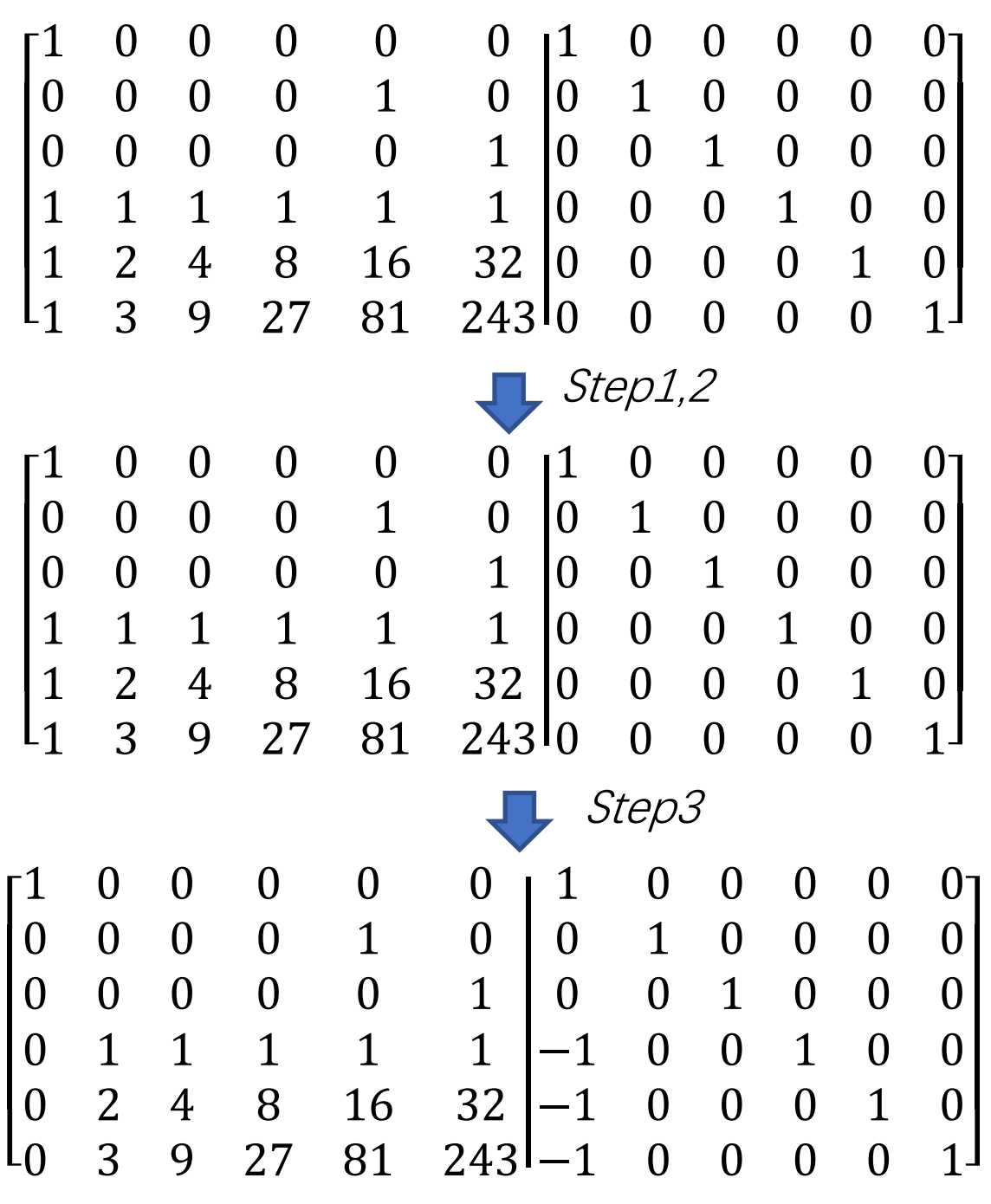
还有一种特殊的情况,譬如上述矩阵如果处理第2行。第2行和第2列的元素值为0,0是没有乘法逆元的。所以这时候就需要找到第2行下面的行中第2列不为0的情况,把该行加到第2行上,这样可以保证算法可运行(setup for step1)。其实移位可能更高效,但是为了便于理解,采用这样的方式。
3 伽罗华域
矩阵运算还存在一个问题,数据都是byte存储的,是一个0-255的数值。经过有理数运算后,数值是很容易越界的。因此我们需要一套新的计算体系同时满足以下两个条件:
- 该算法体系的值和计算得到的值只能是在有限的集合范围内,即不越界。
- 可以通过有限的运算恢复得到原有值,即可解码。
这就需要使用伽罗华有限域。伽罗华有限域可以保证任何计算得到的结果均在有限集合内,这满足了不越界的要求。另外伽罗华有限域的运算都有对应的逆运算。譬如对a,如果a乘以b,再乘以b的加法逆元,结果仍然是a。这满足了可解码的要求。
这里为了便于理解先简单的介绍GF(7),然后再解释实际使用的GF(28)。
本章并没有详细的证明。譬如将7扩张到无穷大的质数的时候,如何证明相应的定理为什么成立。事实上笔者也不知道,参考文献上也没有严谨的证明。也只是简单的说明了合数不能作为模数。但对于工程上有限的集合内,很容易通过穷举法来证明算法的可行性。
3.1 GF(7)
首先给出如下定义:
- 加法逆元: 给定x,如果存在x’,使得x+x’=x’+x=0,则称x’是x的加法逆元。
- 乘法逆元: 给定x,如果存在x’,使得x * x’=x’ * x=e,则称x’为x的乘法逆元。其中e为该群的单位元。对于GF(7),e为1。
我们定义一种新的运算,即模7运算。对于加法和乘法运算,我们会将结果然后模7。譬如, 8 + 3 = 11 mod 7 = 4。8 * 3 = 24 mod 7 = 3。
对于加法逆元和乘法逆元,根据定义我们可以穷举加法和乘法计算,根据结果得到对应的逆元。譬如, 4 + 3 = 7 mod 7 = 0,我们就说4和3互为加法逆元。2 * 4 = 8 mod 7 = 1,我们就说2和4互为乘法逆元。
下表穷举了GF7的所有加法和乘法运算,根据码表也得到了GF(7)下所有元素对应的加法逆元和乘法逆元。
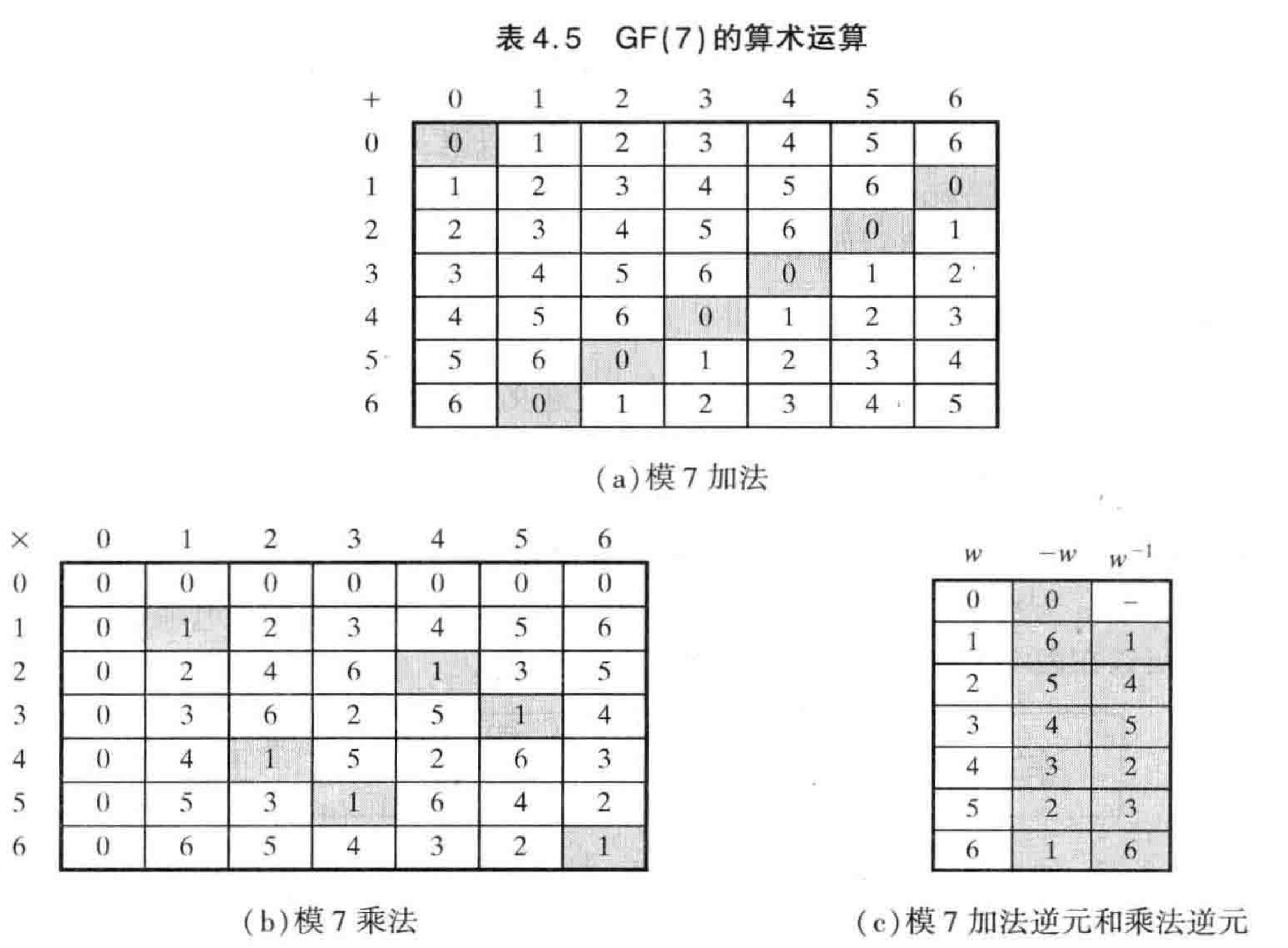
来看下是否满足我们的要求,不越界在定义上就满足了。可解码的特点,我们随机指定数组假设为5,用5乘以3在乘以3的乘法逆元5, 得到的值为5 * 3 * 5 = 75 mod 1 = 5。事实上根据乘法交换律很容易证明这个。对于加法逆元的解码同理。
3.2 GF(28)
3.2.1 基本原理
实际的数字存储的值是0-255, 那么是否意味着我们可以直接使用GF(256)呢? 答案是不可以的。因为256是合数,譬如16 * 16 = 256 mod 256 = 0,那么16就不存在乘法逆元,也就难以进行边界吗。
因此需要引入多项式的运算,且要求同指数幂下遵循GF(2)。模数为不可约多项式。对于不可约多项式a, 无法找到两个不为1的多项式b和c使得b * c = a。可以使用穷举法得到每个多项式的加法逆元和乘法逆元。事实上只要集合内的每个元素都有1对1对应的乘法逆元,就可以满足我们的要求。文献1的表4.6也通过穷举证明了GF(23)的有效性。
多项式的计算与对byte的编码有什么关系呢?由于多项式的同指数幂是GF(2),也就意味着对于多项式a0 + a1x + a2x2 + a3x3 + a4x4 + a5x5 + a6x6 + a7x7 ,ai 为0和1。如果a0为第0位,a1为第1位,依次类推,这组系数就是一个byte。这样就把要存储的byte与多项式运算结合了。
3.2.2 计算
本章主要介绍如何计算GF(28)。对于加法和乘法,我们直接使用多项式运算。对于加法逆元和乘法逆元,我们穷举加法和乘法运算,然后通过码表来得到加法和乘法逆元。
本文的算法的不可约多项式为x8 + x4+ x3 + 1。
f(x) = x6 + x4+ x2 + x + 1, g(x) = x7 + x + 1
对于加法, 指数幂执行GF(2)运算,G(2)运算实际上就是异或。得到f(x)+g(x)= x7 + x6 +x4+ x2 + 1。实际可以理解为f(x)对应的二进制0b01010111与g(x)对应的二进制0b10000011进行按位的异或计算。(GF(28))
对于乘法, 先考虑h(x) = a0 + a1x + a2x2 + a3x3 + a4x4 + a5x5 + a6x6 + a7x7, 计算 h(x) * x = (a0x + a1x2 + a2x3 + a3x4 + a4x5 + a5x6 + a6x7 + a7x8 ) mod (x8 + x4+ x3 + x + 1)。存在两种情况
- (1) a7 等于 0
那么该式已经不可约,因此h(x) * x= a0x + a1x2 + a2x3 + a3x4 + a4x5 + a5x6 + a6x7。也就意味着[a7a6a5a4a3a2a1a0] * [00000010] = [a6a5a4a3a2a1a00],即向左移动一位。(a7 等于 0) - (1) a7 不等于0
h(x) * x = (a0x + a1x2 + a2x3 + a3x4 + a4x5 + a5x6 + a6x7 + x8) mod (x8 + x4+ x3 +x+ 1) = a0x + a1x2 + a2x3 + a3x4 + a4x5 + a5x6 + a6x7 + x8 - x8 - x4 - x3 -1 = 1 + (a0+1)x + a1x2 + (a2+1)x3 + (a3+1)x4 + a4x5 + a5x6 + a6x7。以为意味着[a7a6a5a4a3a2a1a0] * [00000010] = [a6a5a4a3a2a1a00] ^ [00011011]。即左移一位后,在于不包含最高位系统的字节进行异或。(a7 不等于 0)
这里减法为加法逆元,对于GF(2),加法逆元就是自己。
f(x) * g(x) = ((x6 + x4+ x2 + x + 1) * ( x7 + x + 1))。我们可以把他分解为一下三个运算之和。
- (1) (x6 + x4+ x2 + x + 1) * x7
- (2) (x6 + x4+ x2 + x + 1) * x
- (3) (x6 + x4+ x2 + x + 1) * 1
对于(2)在前面已经介绍了,对于(3)实质上不用计算。对于(1), 我们可以使用(2)的计算方法进行递归计算(fxxn)。然后分别计算的三个值进行相加便得到了最终的结果(_mul)。
至此,ErasureCode算法的所有问题都已经得到了解释。本文以自顶向下的方式描述了如何从理论到实践来实现ErasureCode算法。完整的代码见SimpleErasureCode。
参考文献:
- [1]William Stallings. 密码编码学与网络安全 原理与实践 第六版[M] 第四章
- [2]https://drmingdrmer.github.io/tech/distributed/2017/02/01/ec.html
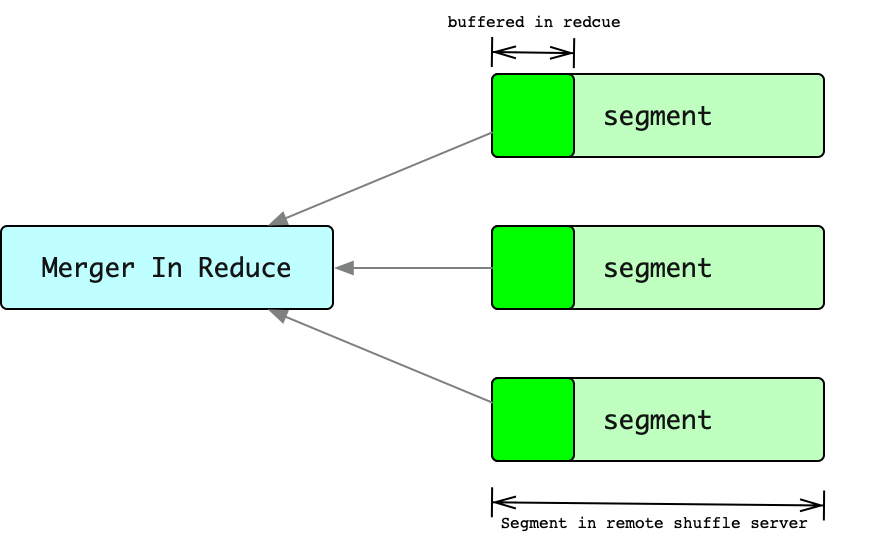 Since the memory on the reduce side is limited, in order to avoid spilling data to disk when merging on the reduce side. When reduce obtains segment, it can only read part of the buffer of each segment, and then merge all the buffers. Then when the partial buffer reading of a certain segment is completed, the next buffer of this segment will continue to be read, and this buffer will continue to be added to the merge process.
There is a problem with this. The number of times the Reduce side reads data from ShuffleServer is approximately segments_num * (segment_size / buffer_size), which is a large value for large tasks. Too many RPCs means decreased performance.
Since the memory on the reduce side is limited, in order to avoid spilling data to disk when merging on the reduce side. When reduce obtains segment, it can only read part of the buffer of each segment, and then merge all the buffers. Then when the partial buffer reading of a certain segment is completed, the next buffer of this segment will continue to be read, and this buffer will continue to be added to the merge process.
There is a problem with this. The number of times the Reduce side reads data from ShuffleServer is approximately segments_num * (segment_size / buffer_size), which is a large value for large tasks. Too many RPCs means decreased performance.



